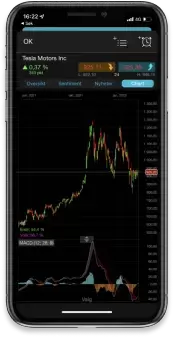Money management is a key element to a traders' overall profitability. The urge to take a profit as soon as you see one can lead to many losing money. This can be because traders often tend to run stop-losses until they're executed, but don't do the same thing when making a profit. If you work on the 50/50 basis that you make a profit on 50% of trades executed, then you're unlikely to make an overall profit.
Before placing a trade, think about how much money you're prepared to lose on it. If it's £100, then you should be aiming to make at least £300 profit. This way, based on a 50/50 success rate, you would be making an overall profit. For every element of risk you should be looking to make at least double that on the profit side. Discipline is crucial when things are going well, as well as when they are going badly.
Another common mistake is setting unrealistic stop-loss and take-profit levels on unsuitable markets. A 100-point stop-loss on EUR/USD for example is quite realistic, but might not be very suitable for shares. Use the price ranges over the last few days and months as a benchmark when setting stop-loss levels.

